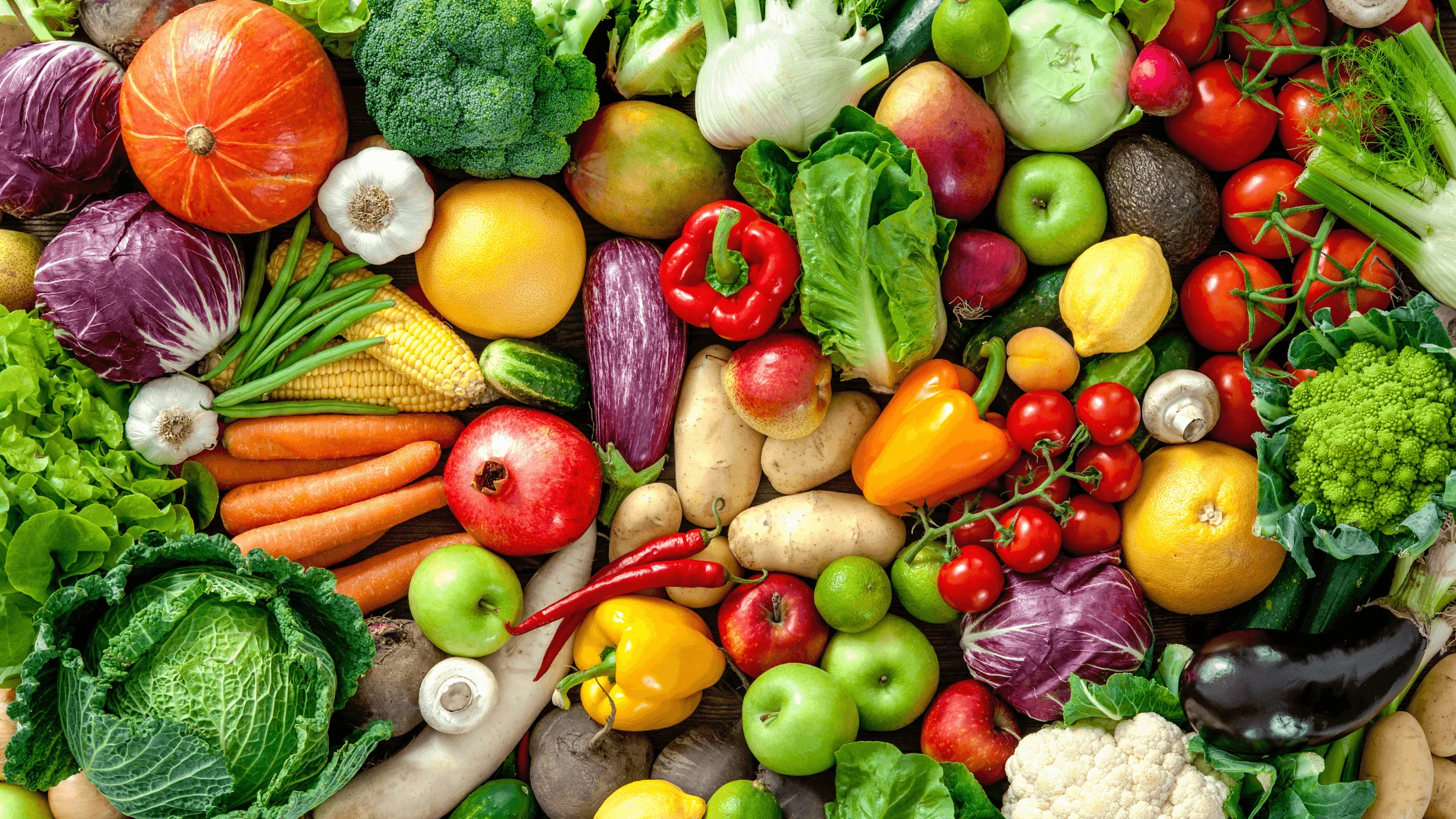For years, exercise science held a clear view: animal protein was superior for building muscle. It wasn’t just gym lore — lab studies confirmed that animal-based proteins like whey led to better muscle protein synthesis compared to soy and other plant sources.
“It was ingrained in my thinking that animal protein was best,” says Nicholas Burd, director of the Nutrition and Exercise Performance Group at the University of Illinois Urbana-Champaign. Meat, rich in essential amino acids that mirror human skeletal muscle, was seen as the gold standard. While plant foods also offer these amino acids, they do so in lower amounts for some of the key ones involved in muscle building.
But recent studies are changing that narrative.
Muscle Gains Without Meat
Burd recently led a study that’s adding new weight to the case for plant protein. Published in Medicine & Science in Sports & Exercise, the research followed 40 young adults on either a vegan or omnivorous diet over nine days. Participants engaged in weightlifting sessions while researchers controlled every meal.
Muscle biopsies taken at the end revealed something unexpected: both groups had the same muscle protein synthesis rates. “They had equal muscle-building potential,” says Burd. The timing of protein intake — whether spaced out or concentrated at dinner — also made no difference.
Plant Protein Holds Up in the Long Run
These findings echo earlier work by Benjamin Wall, a researcher at the University of Exeter. Wall points out that past assumptions about plant protein being inferior came from short-term studies focused on a single meal or protein type.
More recent trials, including his own, show that when people consume enough total protein — around 2 grams per kilogram of body weight in his study — plant protein performs just as well as animal sources. Even the Illinois study, which used 1.2 grams per kilogram, showed comparable effects, and that amount better reflects typical American intake.
Still, the short duration and youthful subjects of these studies are limitations. Yet Wall is confident the results would likely hold up over time.
Real-World Challenges and Plant Protein Strategies
While these controlled trials offer clarity, the practical challenge lies in day-to-day eating. “It’s harder to hit high protein targets with only plant foods,” Wall notes. You need more volume, which can mean more calories, and you must combine a variety of foods to get all the essential amino acids.
Legumes, tofu, quinoa and even vegetables like broccoli can contribute solid amounts of protein. Complementary pairings, like rice and beans, can fill in amino acid gaps — for instance, beans are low in methionine but rich in leucine, which is key for triggering muscle growth.
“A well-balanced vegan diet works just as well,” says Burd. “You just need to be deliberate about it.”
How Much Protein Is Enough?
Exactly how much protein someone needs for muscle growth varies by age, activity, and goals. A widely accepted target is about 1.6 grams per kilogram of body weight (or 0.72 grams per pound), according to Wall. Beyond that, the benefits taper off for most people.
Importantly, McKendry notes, “Protein is just the icing on the cake.” Resistance training remains the foundation for building muscle, with added benefits for heart health, brain function, and longevity. “If you’re not training progressively, it won’t matter how much protein you eat — you won’t gain much muscle.”
In the end, muscle growth still starts with effort — but it doesn’t need to end with meat.



